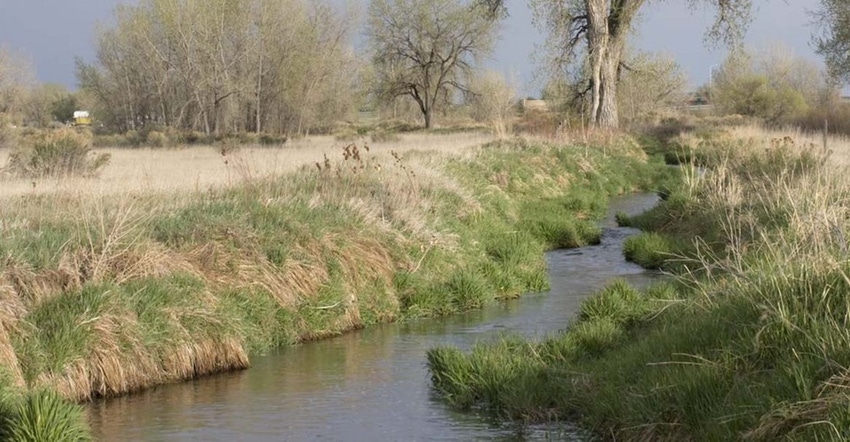December 13, 2018

USDA and the U.S. EPA are encouraging increased engagement and a reinvigoration of state, tribal and federal efforts to reduce excess nutrients in waterways, with a focus on market-based and other collaborative approaches.
“Thanks to the hard work of states, tribes, and stakeholders, EPA and USDA have made significant progress reducing excess nutrients in some watersheds. Now is the time to build on that success and leverage the market-based and other collaborative approaches that we know can lead to meaningful results across the country,” said EPA Office of Water Assistant Administrator David Ross.
EPA and USDA are committed to working with states, tribes, and stakeholders to identify watersheds and basins where market-based approaches can supplement traditional regulatory programs to promote reductions in excess nutrients and improved water quality. This could include providing technical and financial support and participating in problem solving at the local level to explore approaches including water quality credit trading, public-private partnerships, pay-for success, supply chain programs, and more.
“Voluntary conservation works,” said USDA Under Secretary for Farm Production and Conservation mission area Bill Northey. “Across the country, farmers are leading the way toward improved water quality by taking steps to decrease sedimentation and nutrient runoff from agricultural lands. But we know more can be done, and continue to look for partners to pursue innovative, market-based, and voluntary approaches that lead to cleaner water and a healthier agricultural sector.”
This renewed effort is part of a larger inter-Agency collaboration to better coordinate and focus federal resources on some of the nation’s most challenging water resource concerns, including addressing excess nutrients in waterways.
For more information visit https://www.epa.gov/nutrient-policy-data/inter-agency-engagement-nutrient-reduction
Source: EPA
You May Also Like




